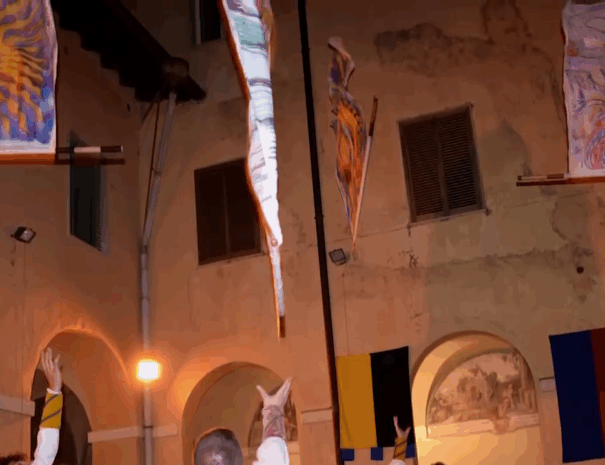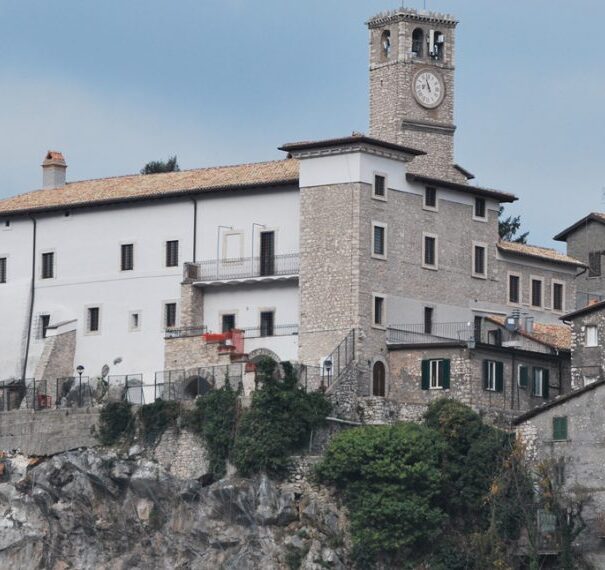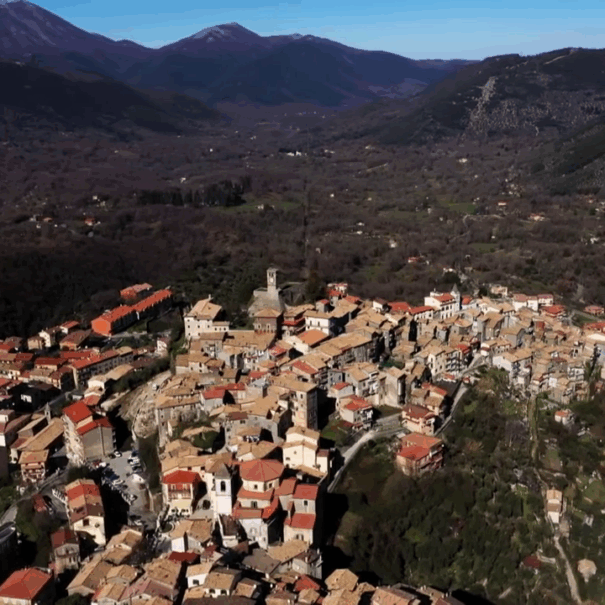Jo Pallio della Carriera: l’anima storica di Carpineto Romano
In August, Carpineto Romano transforms into a true open-air theater during the “Jo Pallio della Carriera,” one of the most captivating historical reenactments in the Lazio region. It’s a week of celebration, passion, and tradition that brings the entire town together and draws visitors from far and wide.
The seven historic districts – San Pietro, Jo Casteglio, Jo Laco, Jo Curso, San Gnaco, Sant’Agostino, and Jo Moro – parade through the streets in 17th-century costumes, accompanied by drums, trumpets, and flags, proudly showcasing the spirit and identity of a community deeply rooted in its history. The highlight of the event is the spectacular ring joust, a thrilling equestrian competition where skilled knights vie for the Pallio, a symbol of honor for the winning district.
No celebration would be complete without the “hostarie” – traditional taverns set up by each district, where guests can enjoy local dishes, age-old recipes, and the genuine flavors of the past.
Staying at our B&B in Carpineto Romano during the Pallio means immersing yourself in the heart of the festivities, just steps away from parades, performances, and local delicacies. It’s a unique opportunity to discover an authentic village full of culture, history, and warm hospitality.








Richard McClintock, a Latin scholar from Hampden-Sydney College, is credited with discovering the source behind the ubiquitous filler text. In seeing a sample of lorem ipsum, his interest was piqued by consectetur—a genuine, albeit rare, Latin word. Consulting a Latin dictionary led McClintock to a passage from De Finibus Bonorum et Malorum (“On the Extremes of Good and Evil”), a first-century B.C. text from the Roman philosopher Cicero.
It’s difficult to find examples of lorem ipsum in use before Letraset made it popular as a dummy text in the 1960s, although McClintock says he remembers coming across the lorem ipsum passage in a book of old metal type samples. So far he hasn’t relocated where he once saw the passage, but the popularity of Cicero in the 15th century supports the theory that the filler text has been used for centuries.
And anyways, as Cecil Adams reasoned, “[Do you really] think graphic arts supply houses were hiring classics scholars in the 1960s?” Perhaps. But it seems reasonable to imagine that there was a version in use far before the age of Letraset.
And anyways, as Cecil Adams reasoned, “[Do you really] think graphic arts supply houses were hiring classics scholars in the 1960s?” Perhaps. But it seems reasonable to imagine that there was a version in use far before the age of Letraset.
Richard McClintock, a Latin scholar from Hampden-Sydney College, is credited with discovering the source behind the ubiquitous filler text. In seeing a sample of lorem ipsum, his interest was piqued by consectetur—a genuine, albeit rare, Latin word. Consulting a Latin dictionary led McClintock to a passage from De Finibus Bonorum et Malorum (“On the Extremes of Good and Evil”), a first-century B.C. text from the Roman philosopher Cicero.
It’s difficult to find examples of lorem ipsum in use before Letraset made it popular as a dummy text in the 1960s, although McClintock says he remembers coming across the lorem ipsum passage in a book of old metal type samples. So far he hasn’t relocated where he once saw the passage, but the popularity of Cicero in the 15th century supports the theory that the filler text has been used for centuries.




